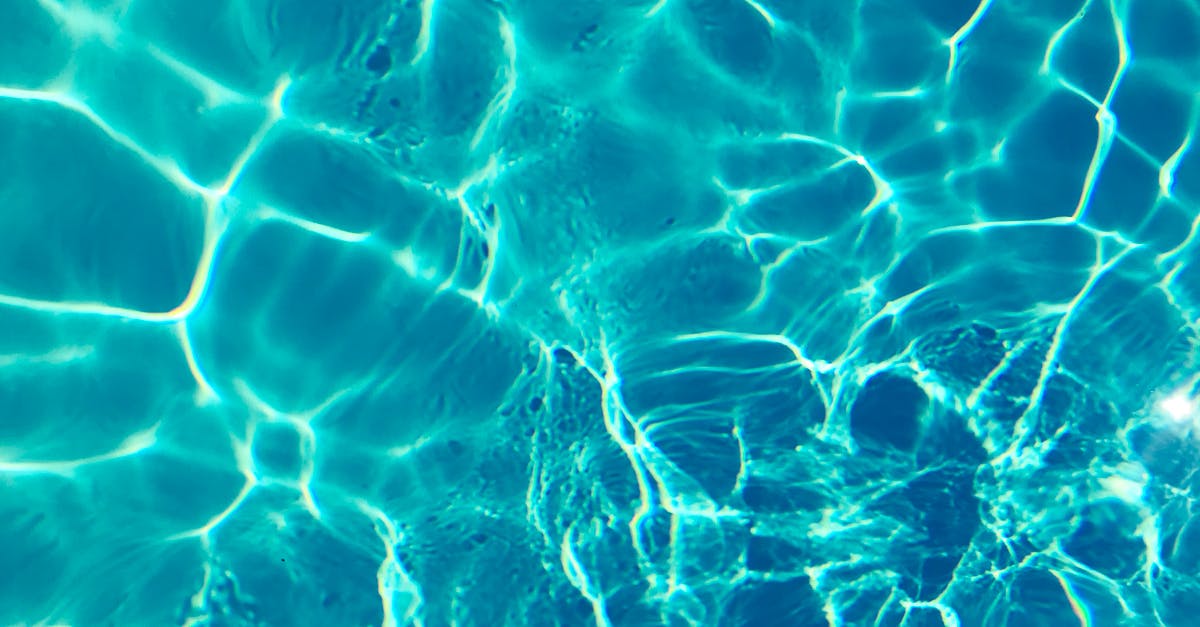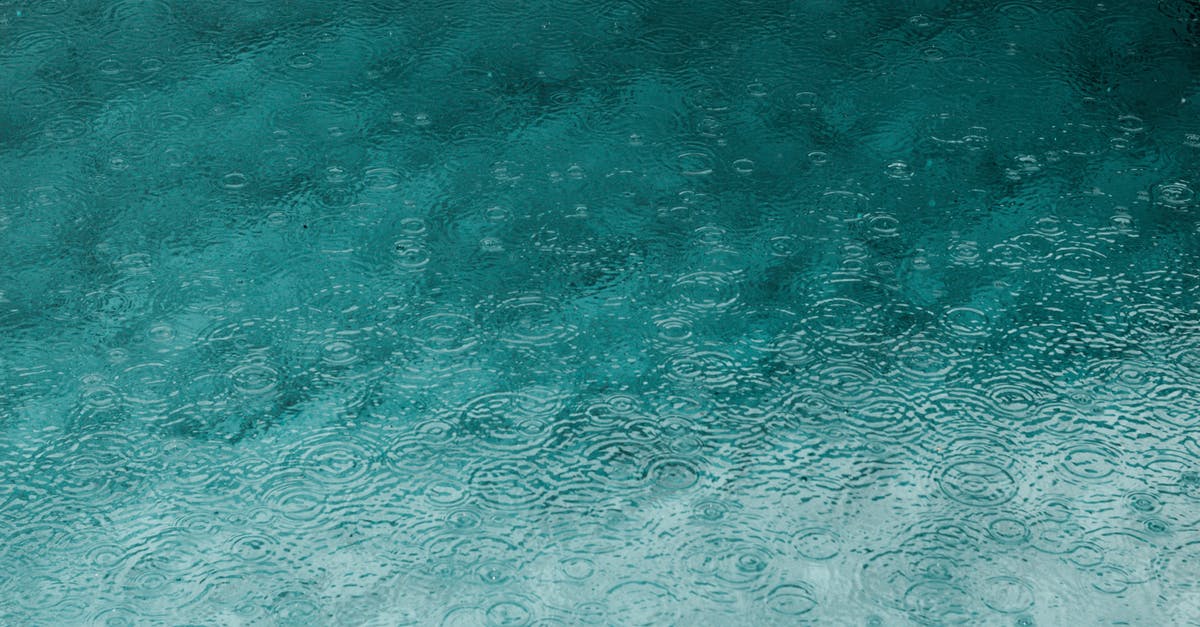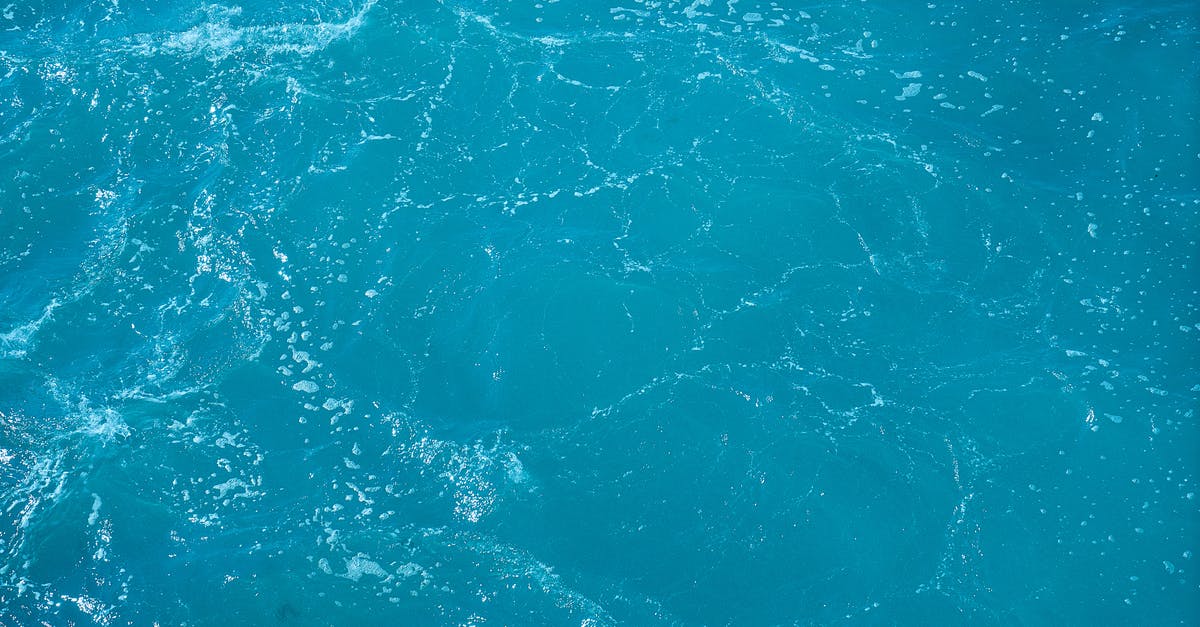Clear cauliflower and blue cheese soup - how to get it clear

I am trying to recreate a Cauliflower and Blue Cheese soup I had many years ago (at a ski resort - the private chef wouldn't tell/sell me the secret recipe).
All the recipes I have tried end up being thick cauliflower 'glue'. They're more towards a paste/sauce dish rather than liquid soup side I am trying to reproduce.
Donna Hey's
Food.com's
HealthyFoodGuide, etc etc
Essentially the Cauliflower must be blended or perhaps grated because the soup is a slightly yellowish transparent colour with 1 to 2mm bits of cauliflower swimming.
I have a gut feeling the chef must have somehow used the Cauliflower in a broth method.
Basically I am asking how would you make a dish so it ends up as a nice clear watery soup dish that is cauliflowered and blue cheese flavoured not as a liquid paste?
Best Answer
If it is clear, it must be broth-based, with the cauliflower being reserved for another purpose, I would assume that a light sprinkling of perhaps less cooked cauliflower is used (rather than the cauliflower used for the broth) so that it retains its shape while sprinkled in the soup.
Pictures about "Clear cauliflower and blue cheese soup - how to get it clear"



Cauliflower, Pear and Blue Cheese Soup | Waitrose
More answers regarding clear cauliflower and blue cheese soup - how to get it clear
Answer 2
There are a few methods for clarifying. 1. Use the classic technique for making a consomme, which employs an egg white "raft" that captures impurities. 2. Agar clarification. See: http://www.cookingissues.com/2009/07/14/agar-clarification-made-stupid-simple-best-technique-yet/ ..., and 3. A centrifuge (an expensive proposition, but the most effective).
I've had great success with agar clarification on all sorts of things. Basically, you gel the product, then stir to break up, then strain. Of course if you start with a very thick soup, this will take some time, you may want to do a strain step first.
Answer 3
In addition to the 3 methods which MoscafJ points out, there is another one which is a particular favourite of Heston. I've used it a couple of times, and whilst its quite time consuming, it is very effective.
Make your broth in the usual way - I would include the cheese as there's no opportunity really to add it later. Once its cooled freeze it in a container which will fit into your colander. Line your colander with two layers of muslin, place the frozen block of soup on top of the muslin. Place the colander, muslin and soup construction on top a bowl and put the whole lot in the fridge. It will gradually defrost (takes 3-4 days) and you'll be left with a clear but flavourful broth in the bowl.
One of the downsides of this technique is that you'll loose all the gelatine from the solution. This can make the soup feel rather thin - I've added a couple of sheet gelatines before to improve the mouth feel. In your case as you're predominantly vegetable based there is unlikely to be much gelatine anyway - so you may well be OK without.
There's an article (and a video) about freeze filtration here:
Answer 4
I would suggest making a sort of consomme by making a broth and then passing it through a muslin or cheesecloth. Pour the majority of the liquid through then hang the solid mass over the bowl to allow the rest to drip out.
The tricky bit is the cheese. You might try adding it to the main broth, or adding it before the drip through stage to see if it flavours the liquid.
Sources: Stack Exchange - This article follows the attribution requirements of Stack Exchange and is licensed under CC BY-SA 3.0.
Images: julie aagaard, Matheus Natan, Engin Akyurt, Pixabay
